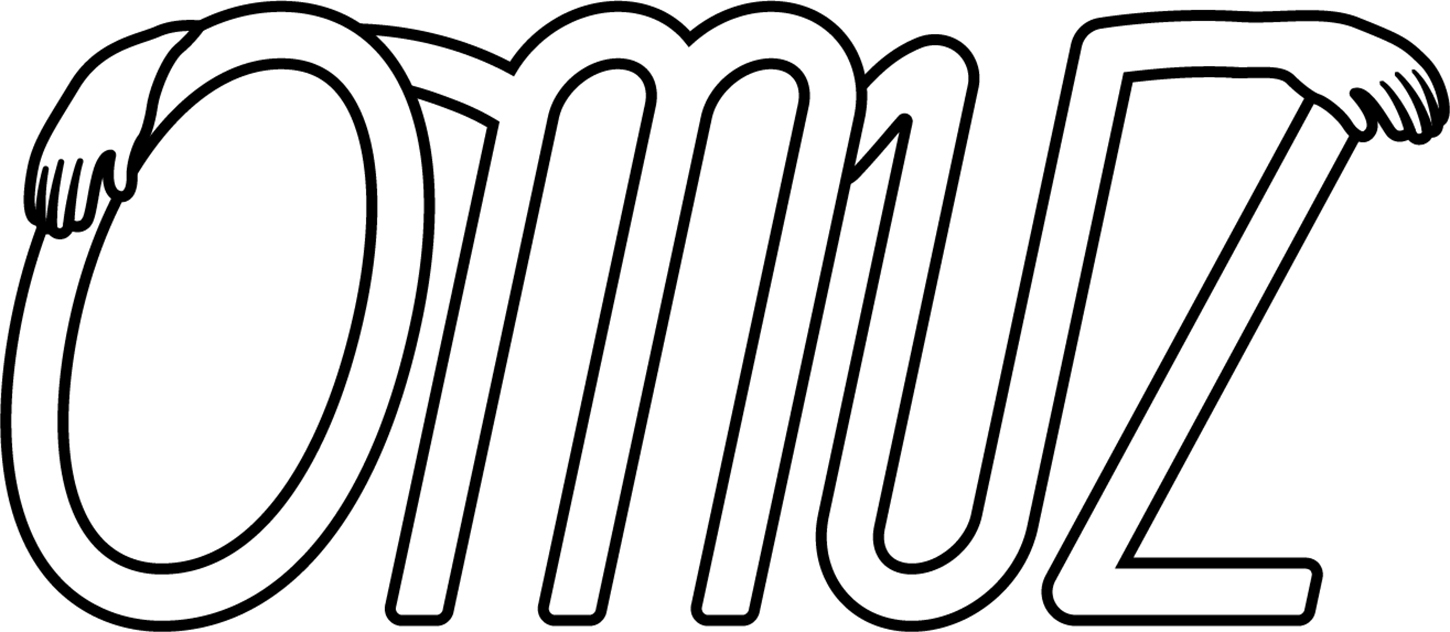All US dollar amounts are converted using the USD/TRY exchange rate on March 29, 2020.
Other disciplines that have not received any support include the music, theater, film, and design communities. Statistics regarding the number of theaters, concert venues, and cultural centers that have closed due to the pandemic, and the number of people who have lost their jobs or even committed suicide due to economic uncertainty, have not been shared with the public.
Eda Yiğit, Prekaryanın Görünmeyen Özneleri: Pandemi Döneminde Sanatçılar (The invisible subjects of precarity: Artists during the pandemic) (self-pub., 2021) →.
TÜRK-İŞ, “Mart 2021 Açlık ve Yoksulluk Sınırı,” Türkiye İşçi Sendikaları Konfederasyonu, May 5, 2021 →. In an online talk titled, “Omuz Konuşuyor: Güvencesizlik ve Aciliyet” (Omuz is talking: Precarity and urgency), which took place on May 2, 2021, journalist and activist Hacer Foggo highlighted that the numbers published by TÜRK-İŞ underestimate the current level of poverty endured by the working-class population.
Rosalind Gill and Andy Pratt, “Precarity and Cultural Work In the Social Factory?: Immaterial Labour, Precariousness and Cultural Work,” Theory, Culture & Society 25, no. 7–8 (2008): 3.
Eda Yiğit, “Pandemi Sürecinde Sanat Alanındaki Dayanışma Pratikleri ve Örgütlenme Üzerine Bazı Saptamalar,” (Observations regarding practices of solidarity and organization in the field of art during the pandemic) Birikim, no. 380 (December 2020): 65–78.
Yiğit, “Pandemi Sürecinde Sanat,” 66.
Céline Condorelli, “In Support: A Theoretical and Practical Investigation into Forms of Display,” (PhD diss., Goldsmiths, University of London, 2014).
Condorelli, “In Support,” 2.
Started in late 2011, Meslek Birliği (Professional Association) was a network initially focusing on ongoing censorship issues. Organizing regular meetings, the network, later named Sanat Emekçileri (Art Laborers), continued its discussions for almost a year and a half.
Turuncu Çadır (Orange Tent) was initiated by cultural workers during the Gezi Resistance in 2013. Initially marking a meeting place in the park, it soon transformed into a platform for discussions in an open-forum format. Turuncu Çadır was gradually dissolved along with the exigencies of the Gezi Resistance.
Sanatta Örgütlenme (Organizing in Arts) was a series of public talks organized at Mimar Sinan Fine Art University in 2014, almost ten months after the first assemblies at Gezi Park. The aim of these talks was to allow a variety of solidarity groups—including Turuncu Çadır, Siyah Bant, and the January 19 Initiative—to share personal efforts and experiences on censorship, precarity, violations of artists’ rights, alternative models, and freedom of speech. The talks, as well as other related texts and discussions, were later made available on the initiative’s website.
In the three months that have passed since this article was initiated—between February 1 and May 1—the USD/TRY exchange rate has fluctuated between 6.9170 and 8.4397.
